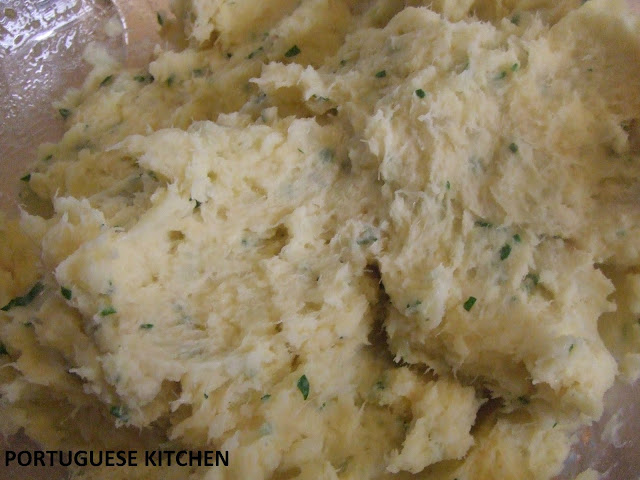One of the supermarket chains I visited on a regular basis when I was travelling Portugal was the
Continente.
The continente sells food, alcohol, clothes, dinnerware, books, there's a coffee shop that sells sweets & where you can take a break & have a coffee, everything & anything you could think of, this store has it all, it's Kmart meets Coles.
This store was huge & was located in a local shopping mall close to where my in-laws lived. The first thing that strikes you when you walk into this mall is the smell of dried codfish, amongst all the fashion boutiques, & of course the locals don't notice, it's a really strong smell, a bit like fish sauce.
This supermarket was a foodies dream for me. Sure they had the normal junk food, like any western country, but they also had such wonderful produce.
I'm a huge fan of outdoor markets & specialty food stores, I just love that a supermarket can also give you the choice of really good produce.
The Portuguese are big on their
small goods, cheese, & bread.
These items are bought in large quantities, which only last for a few days or for the week.
It's not uncommon for them to buy 1kg piece of
prosciutto (prosunto).
There are several ways to buy youre
prosciutto in Portugal, you can buy a whole piece weighting up to 20kg, or you can buy a smaller whole piece weighting 1kg.
Slices can be bought, but it's not the most common or traditional way to buy your
prosciutto.
Of course their are many who live in small villages that make their your own prosciutto from the pig that was killed in December.
I just had to take a photo of this trolley. At the time I just thought it was so
ingenious, not having to hold my basket but pulling it, it made total
sense to me, I
don't know why we don't have these here . Ah, the comfort of just rolling your goods around.
How many times have you gone into a supermarket just wanting to pick up a few things then grabbing a few extra things, before you know it you have too much to carry in a basket & too little to grab a trolley. These could solve that dilemma.
These are a variety of packaged smoked meats such as
chorizo, dry pork sausage(
linguica),& blood sausage (
chorizo de sangue)
This is something I had never seen before whole
prosciutto (
prosunto) just hanging in a supermarket, this is when you know your in Europe.
The cheese variety was unbelievable, most of these where from different regions of Portugal.
Different areas produce a different type of cheese giving a different texture & flavour.
The prices were so cheap between 2 to 12 euros for these peices.
Smaller pieces of
prosciutto if you call these small. This would do a Portuguese house hold for a week.
Proscuitto is eaten with bread & fruit & cheese as well as added into cooking.
I get so excited at seeing this quality, especially in a supermarket. This is what you'd expect to see in a specialty cheese shop. The type of cheese more commonly eaten in Portugal is goat & sheep cheese, which is the type of cheese featured in this photo.
Cow cheese is imported & still eaten by the portuguese.
Fantastic wood fired bread. On the left is
Broa which is a corn bread from the north &
Pao de Centeio which is Barley bread. I loved the barley bread, it has this chewy texture & a nutty flavour, my favourite bread in Portugal.
Food isles where huge, sometimes double the size of what you find here in Australia.
Is that a good thing, not sure, could take twice as long to do your shopping.


































